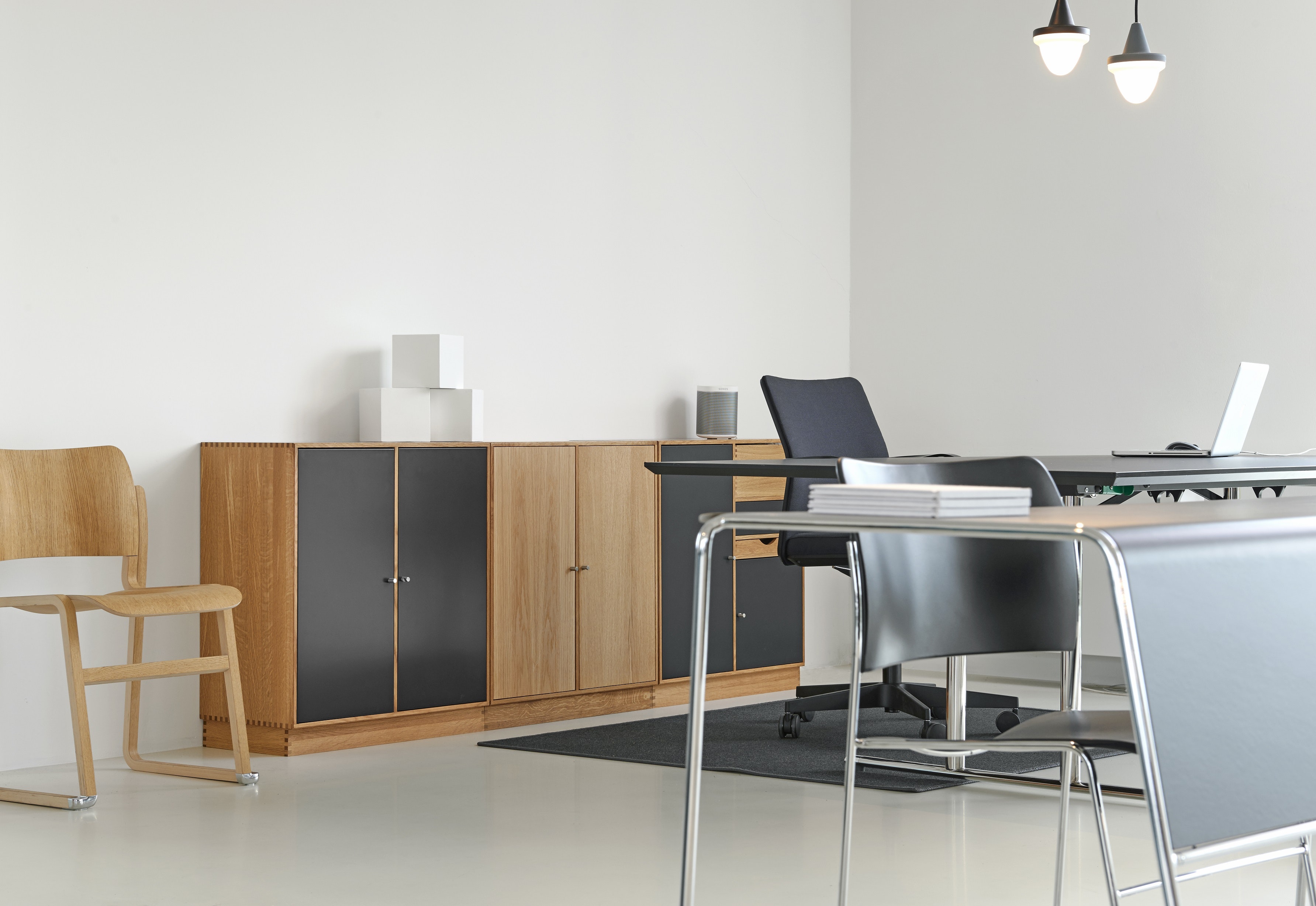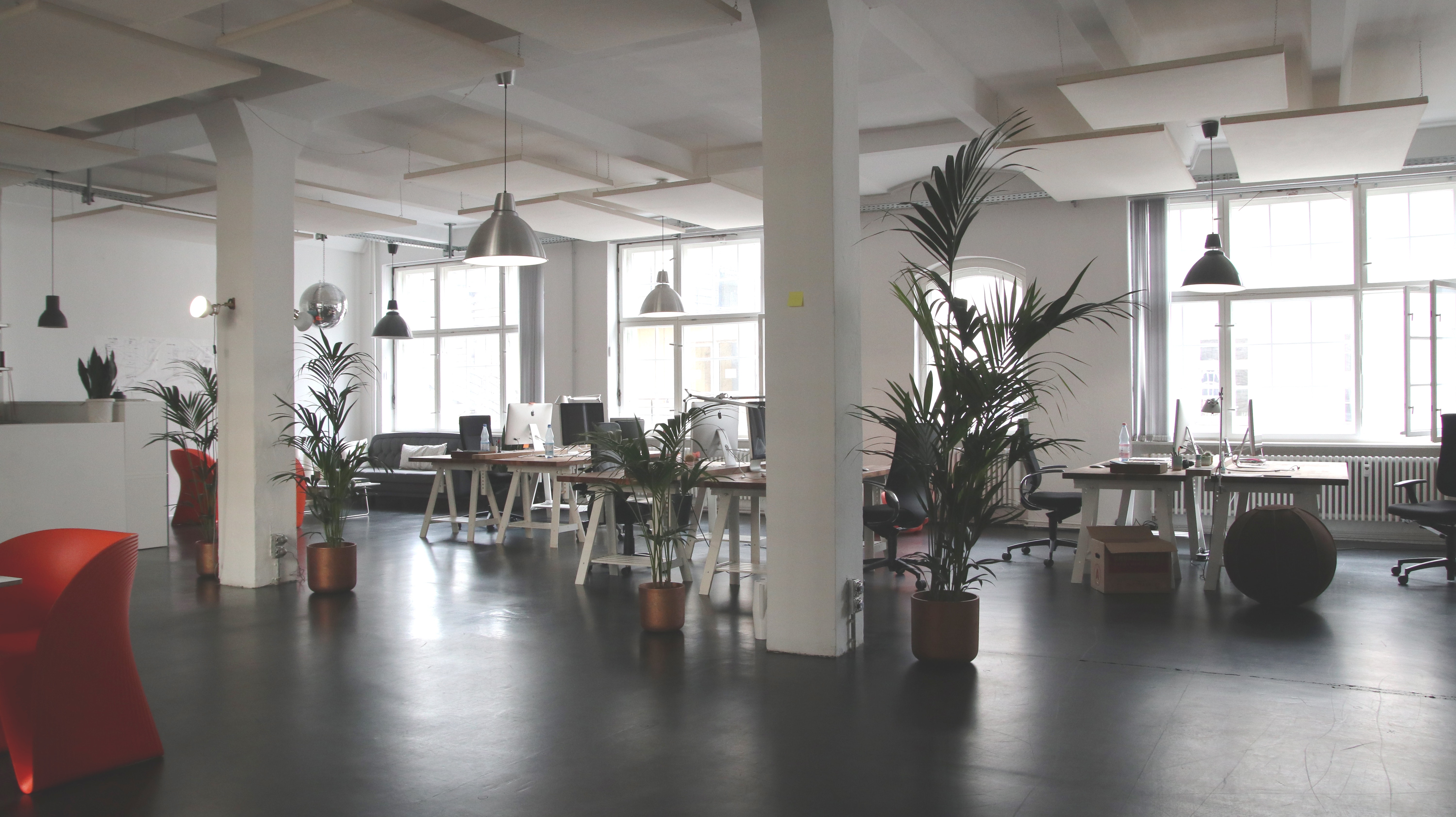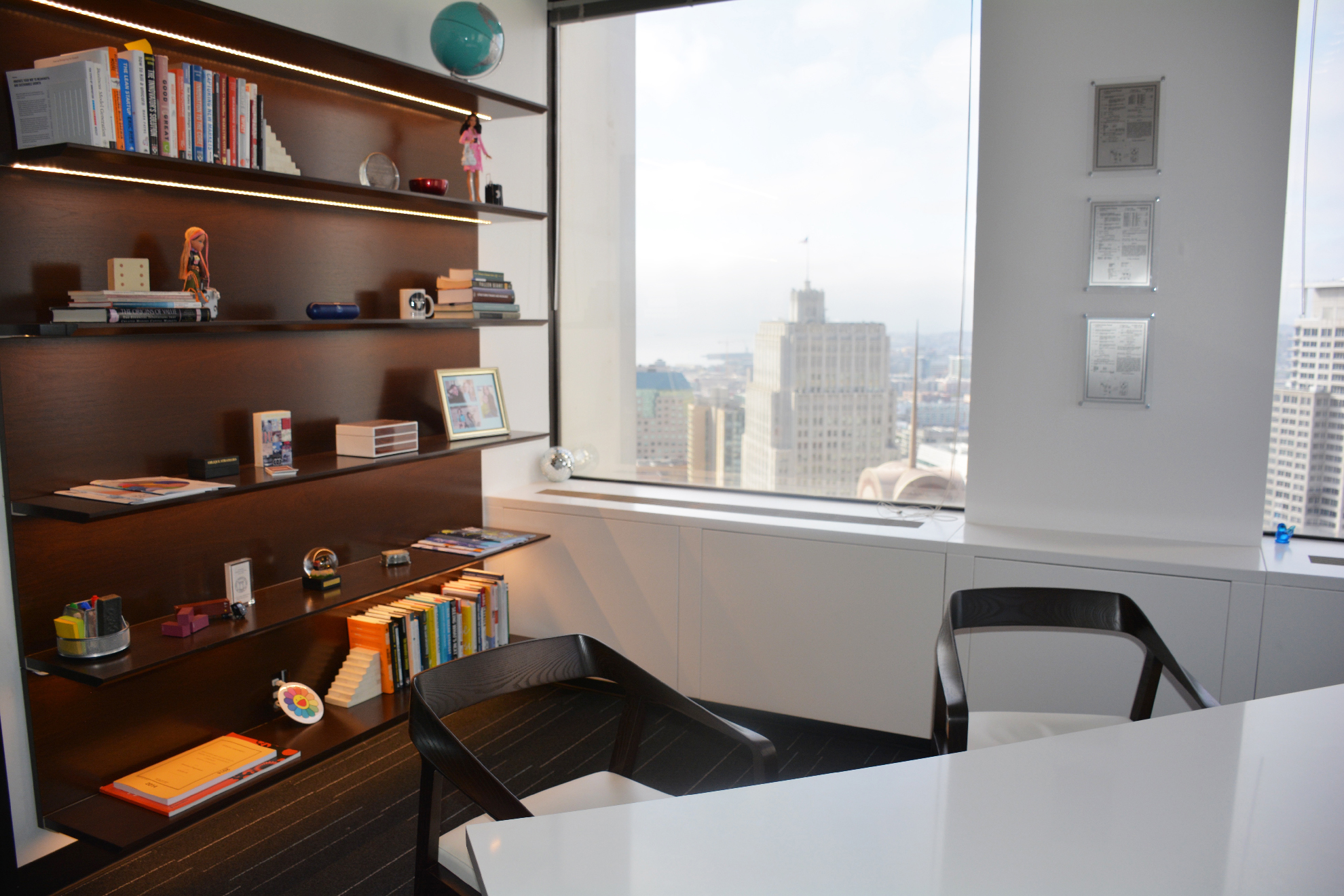We recently posted a link to a N.Y. Times article on office design “Don’t get to comfortable at that desk!” and it noted an interesting study with a cumbersome name; The Relative Merits of Lean, Enriched, and Empowered Offices: An Experimental Examination of the Impact of Workspace Management Strategies on Well-Being and Productivity – by Craig Knight and S. Alexander Haslam, University of Exeter. It was published in the Journal of Experimental Psychology in 2010.

Architects, designers, facility managers, corporate real estate agents, and popular management theorists typically influence the design of modern office space. The emphasis is generally on corporate return rather than psychological welfare, frequently to accommodate more employees than there are available spaces (“hot desking”, “hotelling”). The design led approach of plants, art, cool looking furniture etc. is to promote the psychological well being of employees. Management still retains control of the workspace and personalization, particularly of low status working space, is not encouraged.
The paper is some 15 very dense pages, but the conclusions are interesting. The authors argue that both of the above approaches may compromise organizational outcomes by disempowering workers and not giving them input into the design of their office space. They did a series of four experiments in two separate offices; (A) lean minimalist design, (B) decorated by the experimenter (with plants and art), (C) self-decorated, or (D) self-decorated and then redecorated by the experimenter. They had 112 people of varying ages and backgrounds who had to fill out a 74-item questionnaire. They were subject to 2 quantifiable tasks.

Not surprisingly, people in category D (redecorate by experimenter) did the worst. People in the lean/minimal condition took longer to complete both timed tasks than participants in other conditions.
Participants in the C self-decorated condition took less time to complete the tasks than participants in the enriched condition. People in the disempowered conditions (A & D) took more time to complete the vigilance task than those in enriched and empowered conditions (B & C).


Subjects in enriched office space reported enhanced feelings of organizational identification and improved feelings of well-being. Tasks were also completed more quickly but more important, without any accompanying rise in errors.
Disempowerment also led participants to take longer to complete the two tasks. Participants in the lean condition felt less involved; less autonomous, and thought they were in a poorer quality space than participants. The study also has some significant limitations, as the nature of the workspace even in Experiment 2, was artificial. Participants were introduced to a strange space and asked to perform unfamiliar tasks—a situation clearly unlike most working offices. The study did not include specific measures of organizational citizenship behavior to examine issues of job motivation, and 112 volunteer test subjects is not a definitive cross section.